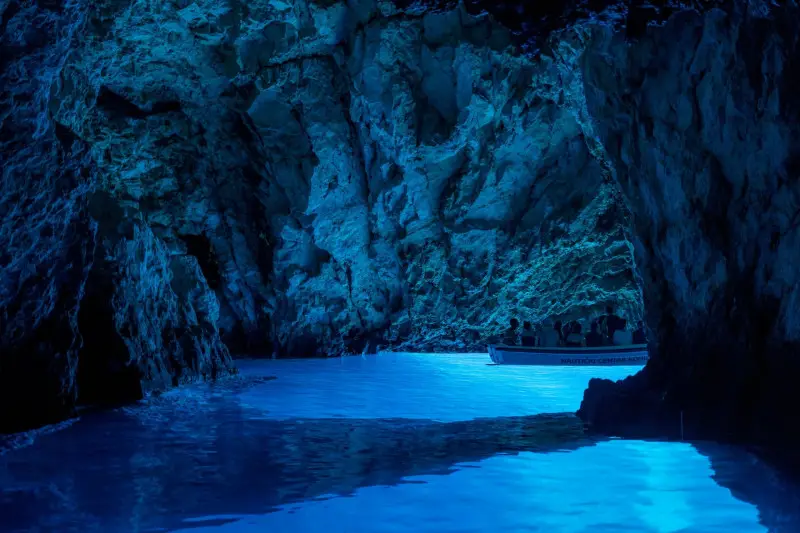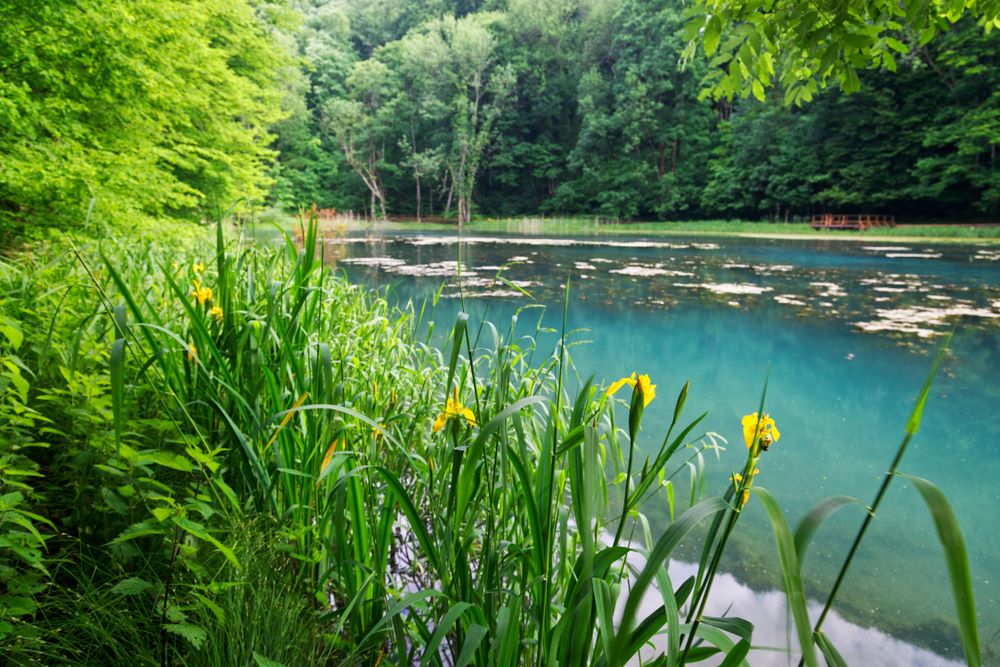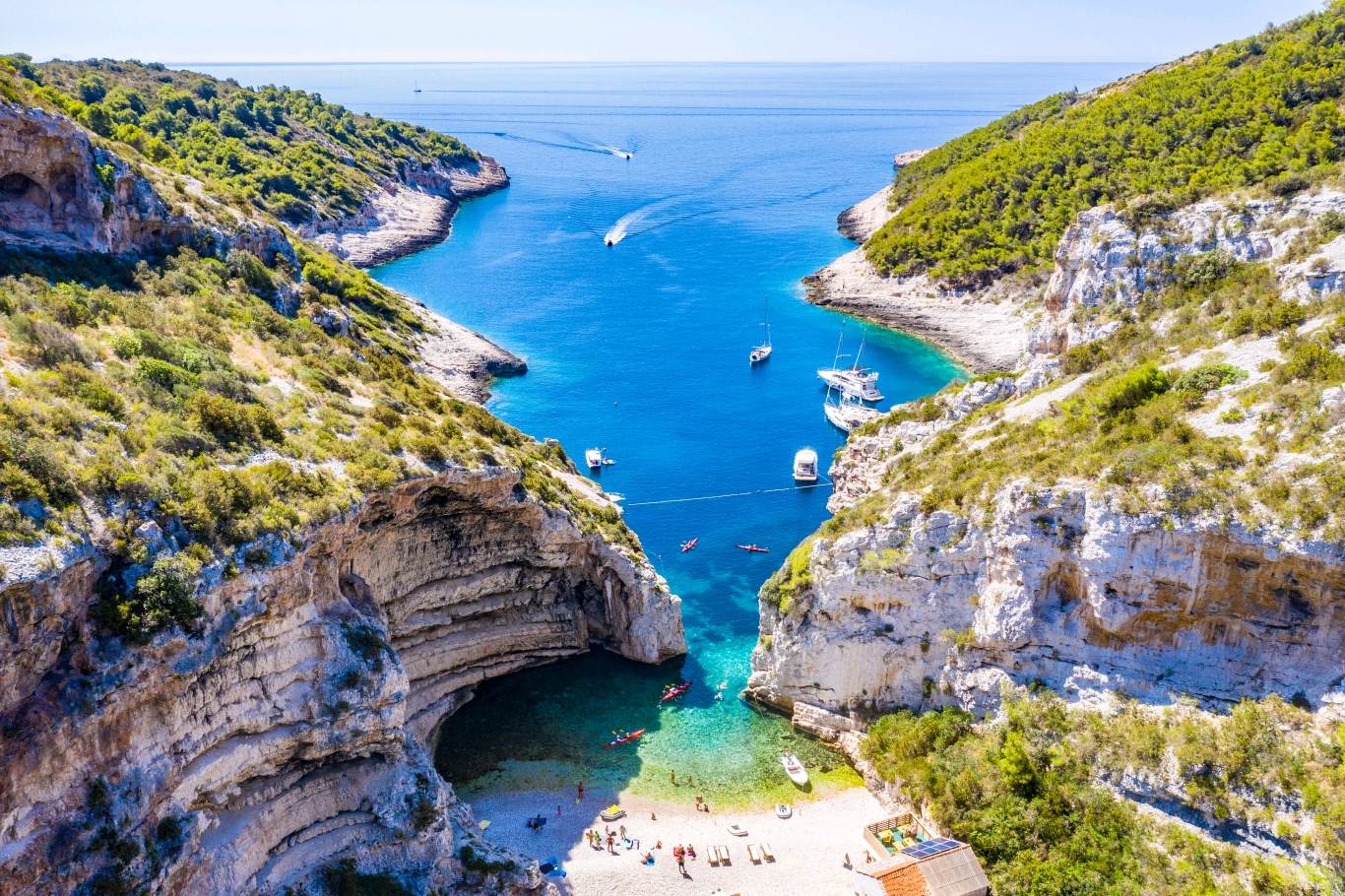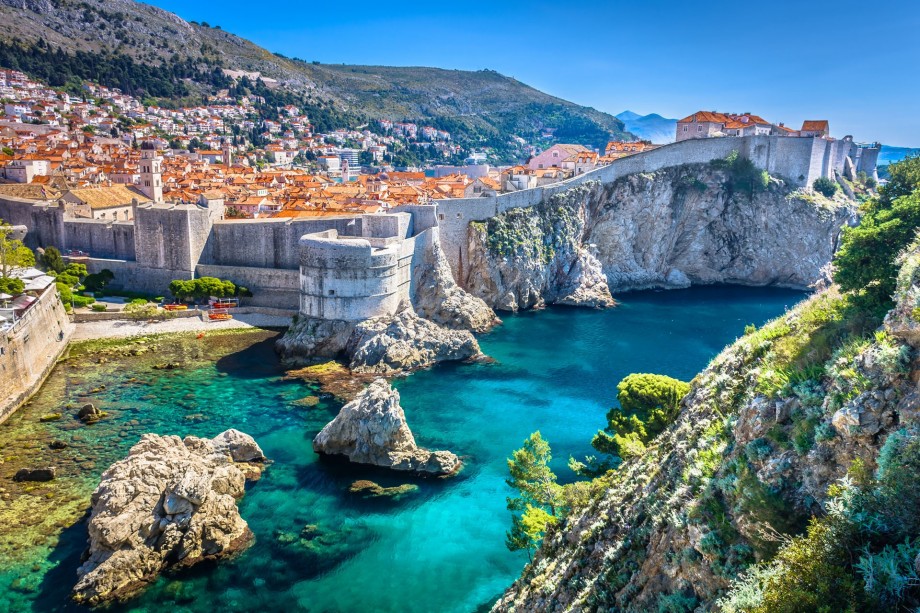
UNESCO Geoparks in Croatia
UNESCO Geoparks in Croatia
Not a lot of people know that there are two nature parks of Croatia on the UNESCO's Global Geoparks list. Global Geoparks are single, unified geographical areas where sites and landscapes of international geological significance are managed with a holistic concept of protection, education and sustainable development.
In Croatia these parks are Papuk and Vis Archipelago. In case you are renting one of the luxury villas in Croatia in these areas, make sure to visit these speacial locations. Now, lets see per what exactly these sites are so special.

Papuk Geopark
Located in Slavonia, in eastern Croatia, area is mostly flat agricultural landscape while the Slavonian Mountains reach up to nearly 1000 m high. Papuk is the most prominent of the Slavonian Mountains and shows exceptional geological diversity and complex evolution. Geopark encompasses the whole territory of the Papuk Nature Park, a protected area since 1999. It abounds with springs and streams, it is home to dense forests, waterfalls, lakes, and lots of fauna and flora. It’s Papuk’s geological features, however, that made it Croatia’s very first UNESCO Global Geopark. The highest peak is Papuk (953 m). Papuk's ridge presents the watershed between the Drava area (in the north) and the Sava area (in the south). Mount Papuk has a “stormy” geological history going as far back as the Precambrian with metamorphic rocks that date back as far as the Pre-Cambrian, more than 540 million years ago. The most geologically important site within the park is Rupnica, a wondrous collection of hexagonal basalt rock pillars. Other major attractions in Papuk Nature Park include Jankovac Forest Park and several medieval fortifications.

Vis Archipelago
The Vis Archipelago is a remote, sparsely populated collection of islands along the coast of Croatia. Located in the Adriatic Sea, the islands are connected by ferry services and one small airport. The Vis Archipelago consists of the beautiful Island of Vis, which is where the Vis Archipelago Geopark Visitor Center is located, and a few smaller islands and islets. The islands of the Vis archipelago have the most heterogeneous rock formations in the region. They are young in the sense that they are still rising, and old in the sense that they are composed of volcanic, salt and sedimentary rocks formed along deep-rooted faults in the Earth's crust in the Triassic period, during the breakup of the supercontinent Pangaea and the opening of the Tethys Ocean. Today the islands of Jabuka, Brusnik, Biševo, and Palagruža are the geologically oldest islands of the Adriatic, which, like the island of Brusnik, is constantly growing under the influence of tectonic activity. Brusnik and Jabuka Islands, for example, are protected geological nature monuments. Beach Stiniva and Ravnik Baysn are protected as significant landscapes.
Arguably the main attractions in the Vis Archipelago, however, are the gorgeous caves. The most famous caves are the Monk Seal Cave (Medvidina špilja) and the Blue Cave (Modra špilja), which is one of the most popular days trips from Split. There’s a direct ferry route between Split and Vis Island, which makes getting there very easy.
With these two parks Croatia establishes itself as an excellent geotourism destination. Both of these Croatian geoparks are super-easy to reach wherever you rent a luxury villa in Croatia!
For more information about Croatia see our blog Croatia in style. To offer a Home Rent holiday villas in Croatia click here.
Croatia Travel Blog




